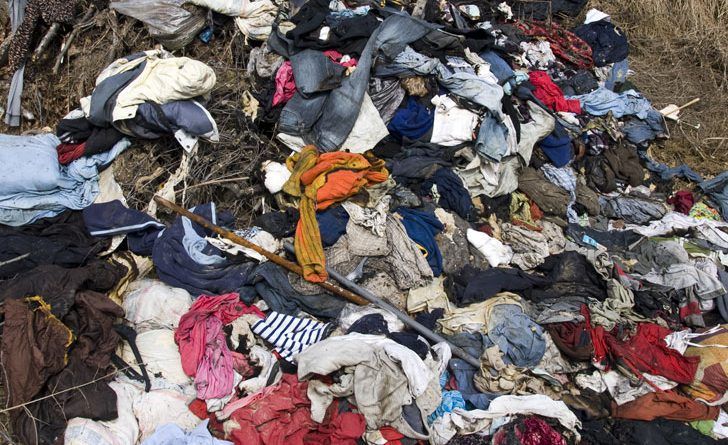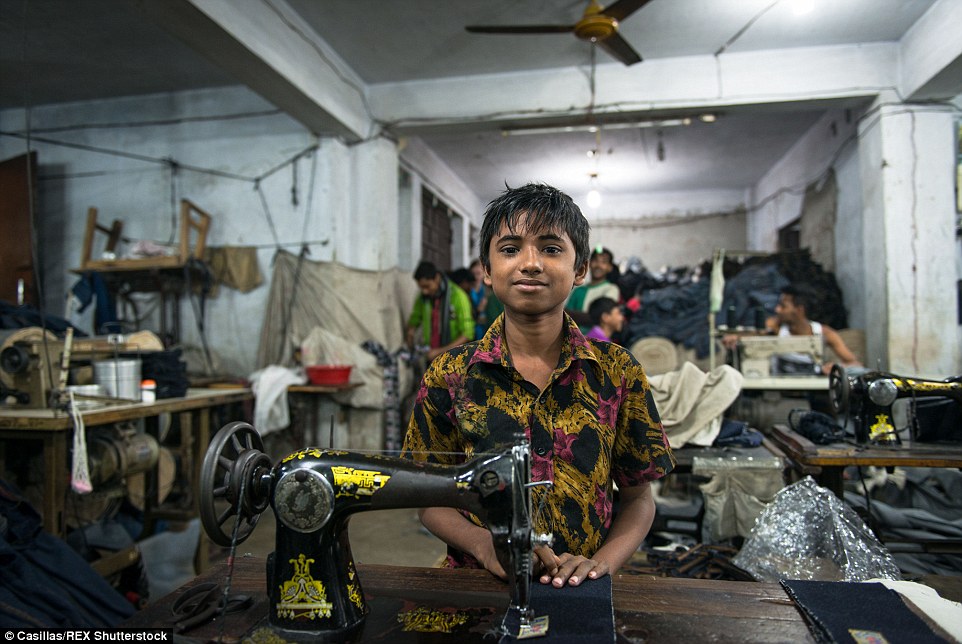By Maryam Iman Binti Norhashimi
Fast fashion, inexpensive and trendy clothing that are very quickly coming in and out of style and available to all categories of consumers, has been recognised as a dominant business model.
Many fast fashion retailers are introducing new products multiple times in a week to stay on-trend.
Take a look at the labels on our clothing, most of them are probably from fast fashion brands. How did it become very much successful? Of course, the demands from the consumers, but actually, the fast fashion retailers are the ones who are creating demands by producing more and cheaper clothes to maximise their profits.
“Fashion is one of the dirtiest industries in the world,” said Shannon Whitehead Lohr, contributor and founder of Factory45. With new trends coming out every week, fast fashion targets consumers to buy as many garments and as quickly as possible, just so they can bring out more of them with new trendier styles during upcoming seasons.
The question is, what can go wrong with fast fashion? We get to buy our go-to, the retailers reach their goal too. Jay Hallstein in The Myth of the Maxxinista wrote, “Despite common belief, outlet clothing never enters a ‘regular’ store and is most likely produced in an entirely different factory than the ‘regular’ clothing.”
The reality of this fishy business is that outlet brokers deal with a designer so that the cheaply-made garments, manufactured in their low-quality factories can be labelled with the designer’s brand. We are just buying poor quality cardigan and patterned pants, hence, “discounts” aren’t really discount.
“You see some products and it’s just garbage. It’s just crap,” says Simon Collins, dean of fashion at Parsons, The New School for Design. Many fast fashion brands produce hundreds of millions of garments per year. Most of the garments we buy are often thrown away at the end unless we donate them to charity shops or sell them to consignment stores.”
However, reality hurts the planet more because approximately two million kilogrammes of unwanted textiles are thrown into dumpsites every day in Malaysia, as recorded earlier last year by Malaymail.com, further aggravating the overflowing landfills across Malaysia.

Our garments today are made with synthetic, petroleum-based fibres which will take decades for them to decompose. Also, garment production and uncontrolled factories has resulted in toxic chemicals, often used to create vibrant colours and fabric finishes.
These chemicals are dumped into streams and rivers, polluting the ecosystem nearby and will harm the workers as they can enter the human body through the skin, shortening their lifespan.
On top of that, the worst part is fast fashion brands use cheap labour that is often sourced from sweatshops. They are making lots of profits by paying very low salaries to the workers despite working in poor condition factories for long hours each day.
For example, in Bangladesh, many are forced to work 14-16 hours a day, with some workers finishing at 3 a.m. only to start again the same morning at 7.30 a.m. To boot, workers face unsafe, cramped and hazardous conditions which often lead to work injuries and factory fires. (https://waronwant.org/sweatshops-bangladesh).

Photo from
https://www.dailymail.co.uk/
Therefore, assuming the danger of fast fashion to the humans and the environment, how can we become smart and conscious consumers?
Let’s start with educating ourselves, buying less or buying used, buying from independent designers, and wearing old garments, don’t dump but rather donate.***
